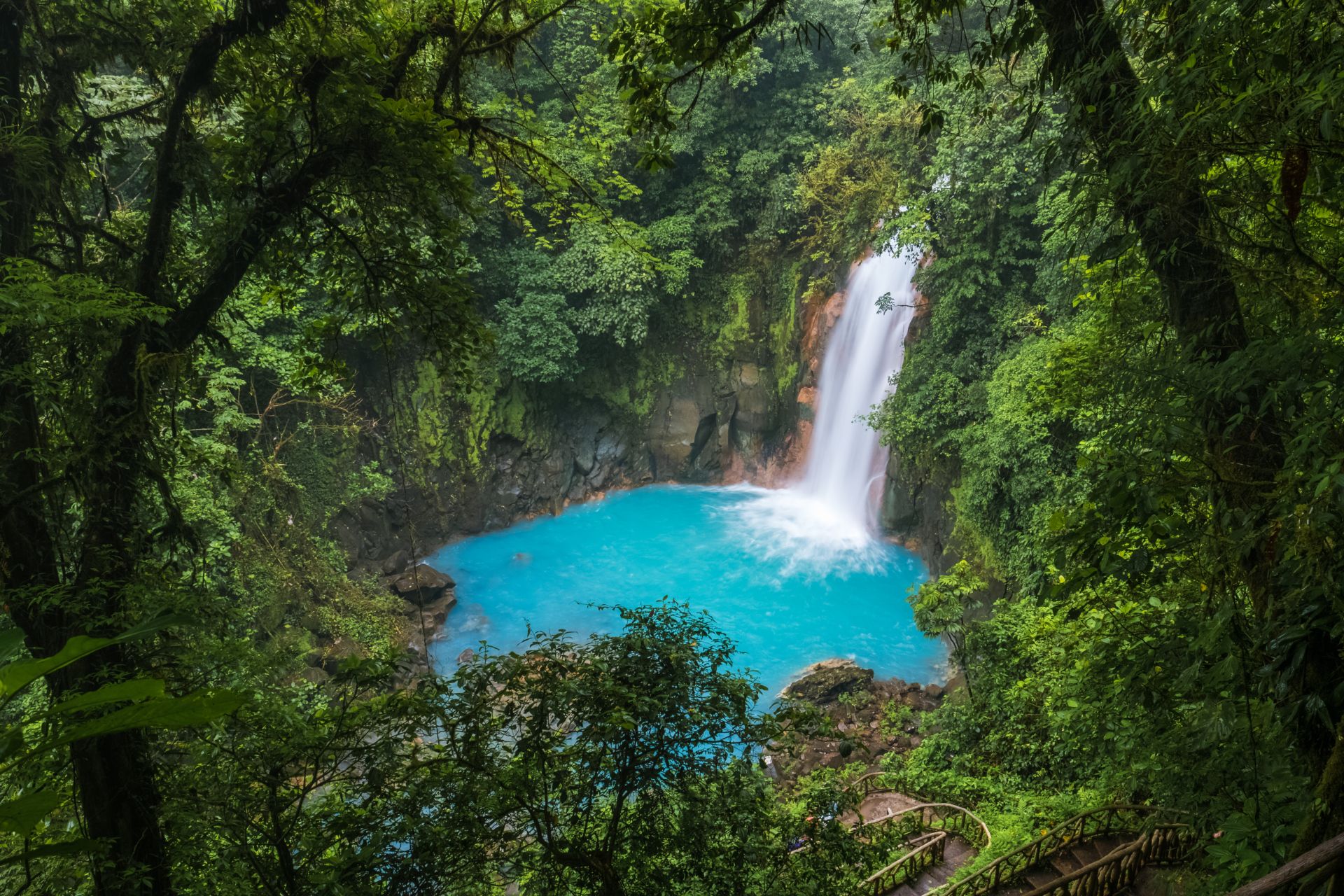- Nature & Wildlife
- Authentic Experiences
- Walking Hiking Trekking
- Central America & the Caribbean
- Costa Rica
- Inspiration
- See & Do
- Where to stay
Planning your own trip? Prepare for your trip
Use Rough Guides' trusted partners for great rates
Travel advice for Costa Rica
From travel safety to visa requirements, discover the best tips for visiting Costa Rica
- Costa Rica travel tips for first timers: what to know
- How to get around in Costa Rica?
- Best time to visit Costa Rica
- Papagayo, Costa Rica
- Tortuga island, Costa Rica
- Costa Rica Weather in January
- Costa Rica Weather in March
- Costa Rica Weather in April
- Costa Rica Weather in May
- Weather in Costa Rica in August
- Weather in Costa Rica in June
- Costa Rica Weather in November
- How to get from San Jose to Puerto Viejo
- How to get from San Jose to Tortuguero
- How to get from San José to La Fortuna
- How to get from San José to Tamarindo
- Travel health tips for Costa Rica
- Costa Rica history
- 10 tips for whale watching in Uvita, Costa Rica
- Costa Rica family vacation guide
- Why Costa Rica is perfect for a luxury family vacation















